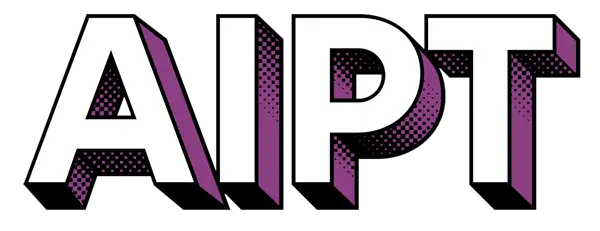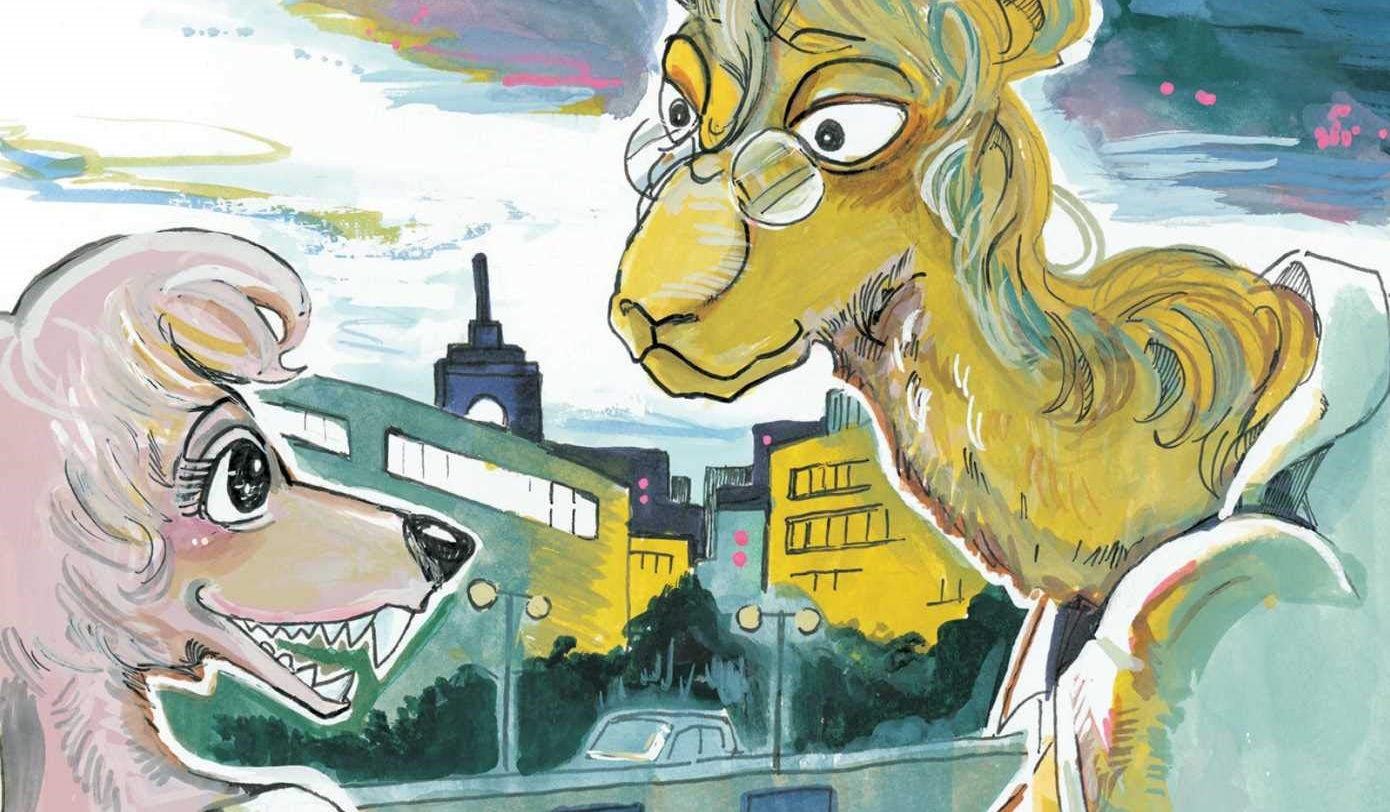In Beast Complex Vol. 1, Paru Itagaki introduces manga readers to what would become the world of Beastars; taking huge swings with metaphors about identity, power dynamics, and sexually-charged melodrama. I’ve written before about the messy risks Itagaki takes when juggling these ideas, and I’ve been eagerly awaiting the localization of Beast Complex. I not only wanted a look at the progenitor of one of my favorite manga, but was excited to see how the short story format might help or harm Itagaki’s storytelling. For the sake of judging the collection on its own merits, I will avoid repeat comparisons to Beastars; however, as I read the volume, it is easy to pick out the nascent thematic ideas on which Itagaki would expand with Legoshi, Haru, and the rest of the menagerie at Cherryton.
Across each story, Itagaki moves back and forth between challenging the idea that people are born with essential qualities that determine their behavior and simply operating within that framework. In one story, a red fox bemoans her peers feeding into stereotypes about foxes being troublemakers, but the core conflict which divides the carnivore-herbivore society relies on the idea of immutable instincts which must be suppressed or channeled appropriately.

Viz Media
Part of why I find Itagaki’s work as engaging as I do is that I enjoy wrestling with the messiness of her metaphors and thinking through what her contradicting ideas bring to light about how storytellers represent (or rather, don’t represent) ideas of marginalization in the real world. Not all readers may find the same pleasure, so I’ll issue a warning that if you don’t enjoy Beastars due to its clumsy messaging about marginalization, you’ll likely enjoy Beast Complex even less. The short story format allows for one key idea to shine at a time, so without the charms of Legoshi or Haru carrying the reader through the series, if the premise doesn’t appeal, the story as a whole will be equally unappetizing. However, I greatly appreciate getting a look into Itagaki’s anthropomorphic world from a set of new perspectives, especially ones that aren’t high schoolers.
My favorite story is “The Crocodile and the Gazelle” in which the titular pair of unlikely cooking show cohosts struggle to maintain professionalism on the air as their differences boil to the surface. Though this is yet another story which leans heavily into Itagaki’s messy metaphors, I find the element of spectacle was deployed really well here. I won’t go into specifics, but with this story, Itagaki reminds the reader that the line between saccharine cooking show and melodramatic reality TV isn’t as clearly drawn as some may think.
She also reminds us there’s nothing unclear about how well Itagaki draws lines. The cliche is banging on my door, so I’ll go ahead and let it in: even though her characters are animals, Itagaki injects such humanity in their expressions. From roaring fury to a hiss of smugness, Itagaki’s attention to animal anatomy makes it all the more impressive that she can convey such specific emotions regardless of a beast’s facial structure. One of my favorite panels features the titular wolf of “The Camel and the Wolf.” After being subjected to an accidental microaggression, Itagaki infuses her face with a quiet mixture of hurt and offense masked behind the need not to make a scene in public. Though Itagaki litters the page with feathers, fur, and hooves, she needs only a single line to let an eyebrow sell a myriad of emotion.

Viz Media
As always Itagaki’s layouts are dynamic and energetic. She rarely settles for a grid and instead draws the eye all around the page. She lays out a panel here for a closeup on an eye or a panel there for a bared fang, all on top of a larger spread littered with large reptiles finding seats in the cafeteria or rodents half the size of chairs sneaking peeks directly at the reader. There were a couple moments where my eye got a little lost as it was led around a page due to her creative approach to layouts, but this was only in the earlier stories. As with all the elements of her artwork, as the stories continued being published throughout the early days of her career, her technique only sharpened.
Overall, Beast Complex Vol. 1 is a visually stunning collection. From her earlier work in the stories published before Beastars to the last two stories published concurrently, Itagaki has long been a master of anatomy, conveying emotion, and page design. Any reader will be treated to a visual feast with Beast Complex, but because of its messy handling of metaphors around marginalization and discrimination, I cannot recommend the volume to everyone. However, if you are already a fan of Beastars – literal toad warts and all – Beast Complex offers another look into the same setting with the same ideas from a fresh set of new perspectives.
Join the AIPT Patreon
Want to take our relationship to the next level? Become a patron today to gain access to exclusive perks, such as:
- ❌ Remove all ads on the website
- 💬 Join our Discord community, where we chat about the latest news and releases from everything we cover on AIPT
- 📗 Access to our monthly book club
- 📦 Get a physical trade paperback shipped to you every month
- 💥 And more!














You must be logged in to post a comment.